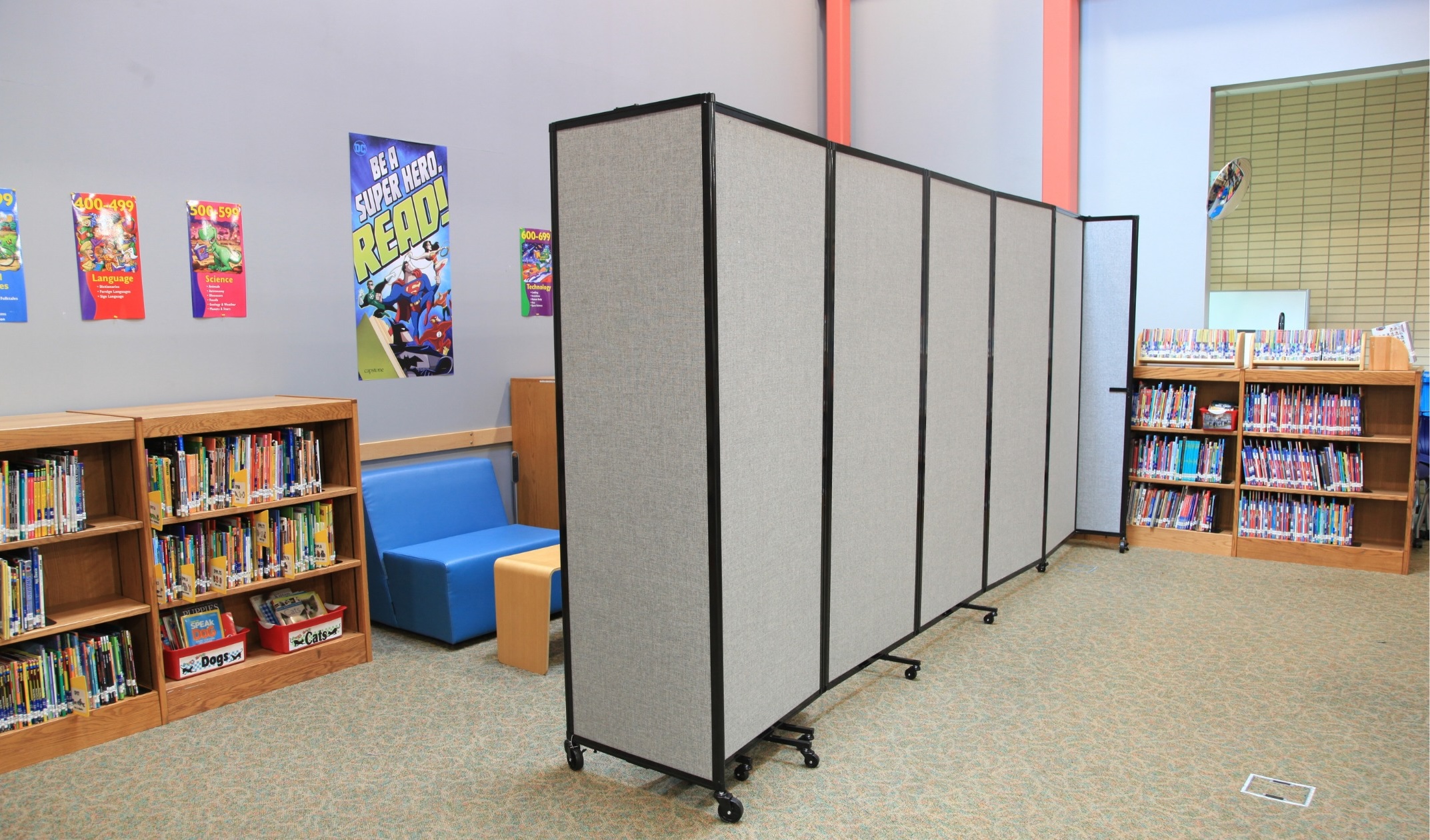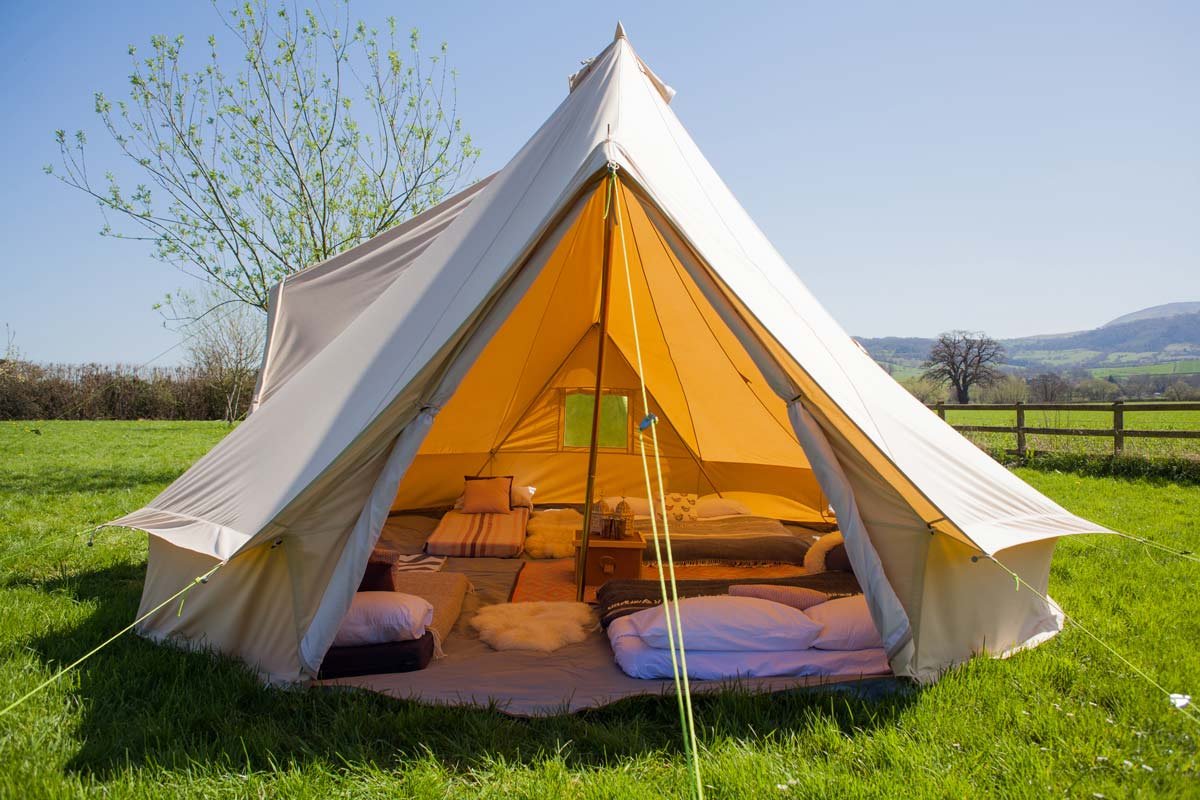Creating an effective classroom environment is about more than just desks and whiteboards. The way a learning space is designed can significantly influence how children focus, collaborate, and absorb new ideas. Teachers and designers alike are now embracing flexible and imaginative layouts that inspire curiosity. Among the most practical and creative tools to achieve this transformation are room divider panels — versatile elements that blend functionality with imagination to redefine how learning spaces feel and flow.
Shaping Learning Spaces with Purpose
A child’s environment plays a powerful role in their engagement and performance. Bright colours, accessible layouts, and flexible seating arrangements encourage students to explore, communicate, and create. Room divider panels help schools achieve these goals effortlessly. They allow educators to shape their classrooms dynamically — turning one open area into multiple purpose-driven zones such as reading corners, art nooks, group project areas, or quiet study spaces.
Instead of being static partitions, these panels serve as creative tools for reimagining space. Teachers can adjust layouts based on daily activities, age groups, or subjects, making the classroom adaptable rather than fixed. This flexibility supports modern teaching methods such as project-based learning and collaborative play.
Encouraging Focus and Minimising Distractions
One of the main challenges in early education is managing distractions. Young learners are easily drawn to noise, movement, or colourful stimuli around them. Thoughtfully placed divider panels help reduce visual and auditory interference by sectioning off specific areas. A calm reading corner, for example, can be separated from a busy art or play section.
By defining clear learning zones, children instinctively understand where different activities take place. This structure fosters independence and routine — both essential for emotional security and focus. The result is a balanced classroom environment where active play and quiet concentration coexist without conflict.
Boosting Creativity and Visual Engagement
Room divider panels do more than divide space — they also serve as canvases for creativity. Teachers can use them to display student artwork, class projects, or seasonal decorations. Some panels even double as writable or magnetic surfaces, turning them into interactive tools for lessons or group discussions.
Children feel a sense of pride and belonging when their work is showcased in visible classroom areas. This constant visual engagement not only brightens the room but also reinforces learning themes and stimulates imagination. In early years or primary settings, panels decorated with letters, shapes, or nature scenes can subtly support literacy and curiosity without the need for formal instruction.
Supporting Collaboration and Social Learning
Modern education values teamwork and peer learning just as much as individual achievement. Divider panels allow educators to create group-friendly zones that encourage collaboration. Small clusters of students can brainstorm, build, or experiment together without disturbing others.
The ability to reorganise panels quickly means group dynamics can change easily throughout the week. Teachers can form new teams, test different seating patterns, or create dedicated areas for science experiments, storytelling, or creative writing. This adaptability mirrors real-world work environments and helps children build important communication and cooperation skills early on.
Enhancing Safety and Comfort
Safety is a key consideration in any classroom design. High-quality room divider panels are designed with children’s well-being in mind — featuring rounded edges, stable bases, and lightweight yet sturdy materials. They can also act as gentle barriers that manage traffic flow within a classroom or nursery, reducing crowding and potential accidents during transitions between lessons or activities.
Additionally, the acoustic benefits of divider panels can help control noise levels, especially in larger or open-plan classrooms. Quieter spaces support better concentration and verbal communication, ensuring every child can hear instructions clearly and feel comfortable participating.
Sustainable and Long-Term Benefits
Sustainability in education design is becoming increasingly important. Many schools now seek modular furniture and fittings that can be reused, reconfigured, or relocated instead of replaced. Room divider panels perfectly align with this goal. Their lightweight mobility and durable construction make them long-lasting investments that can evolve alongside changing class needs.
Beyond durability, they also contribute to efficient use of space — reducing the need for permanent walls or costly renovations. Whether used in primary classrooms, nurseries, or community learning hubs, these panels offer both ecological and economic benefits.
Inspiring Teachers and Students Alike
For educators, a well-organised and stimulating environment makes daily teaching more effective. With divider panels, teachers gain control over how energy flows through the classroom. They can adjust layouts instantly to match the day’s lesson — whether it’s a quiet storytelling morning or an energetic science afternoon.
For students, these subtle spatial cues help them transition smoothly between activities and moods. A visually engaging, organised space reduces stress, sparks curiosity, and promotes self-directed learning — key qualities in developing confident, adaptable learners.
Conclusion
Classroom design has evolved from static, uniform layouts to flexible, child-centred environments that reflect how young minds learn best. Creative room divider panels bridge practicality and imagination — allowing teachers to shape spaces that are not only functional but inspiring. By introducing flexibility, focus, and fun, these panels turn ordinary rooms into dynamic learning ecosystems where every child can thrive, explore, and express themselves freely.





